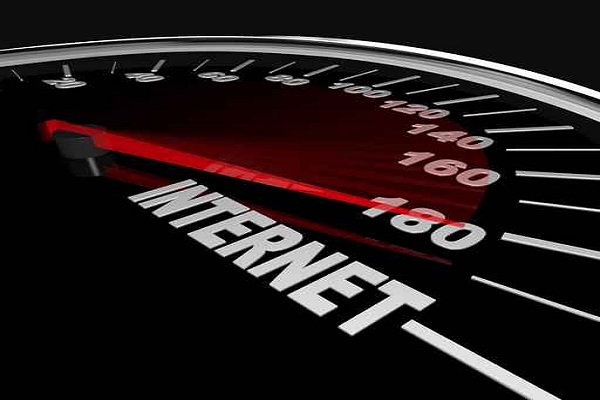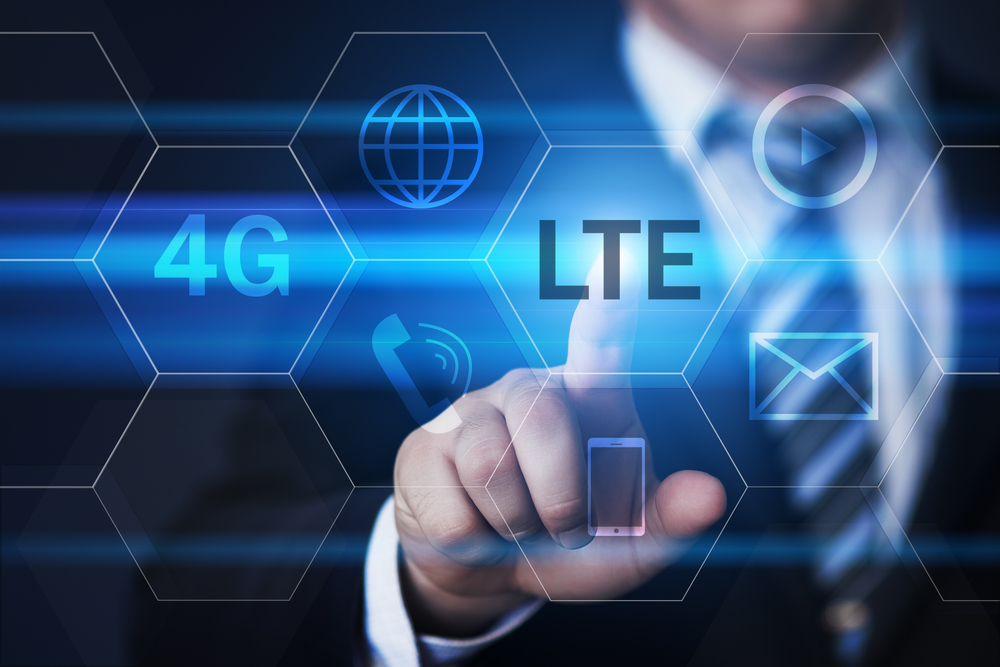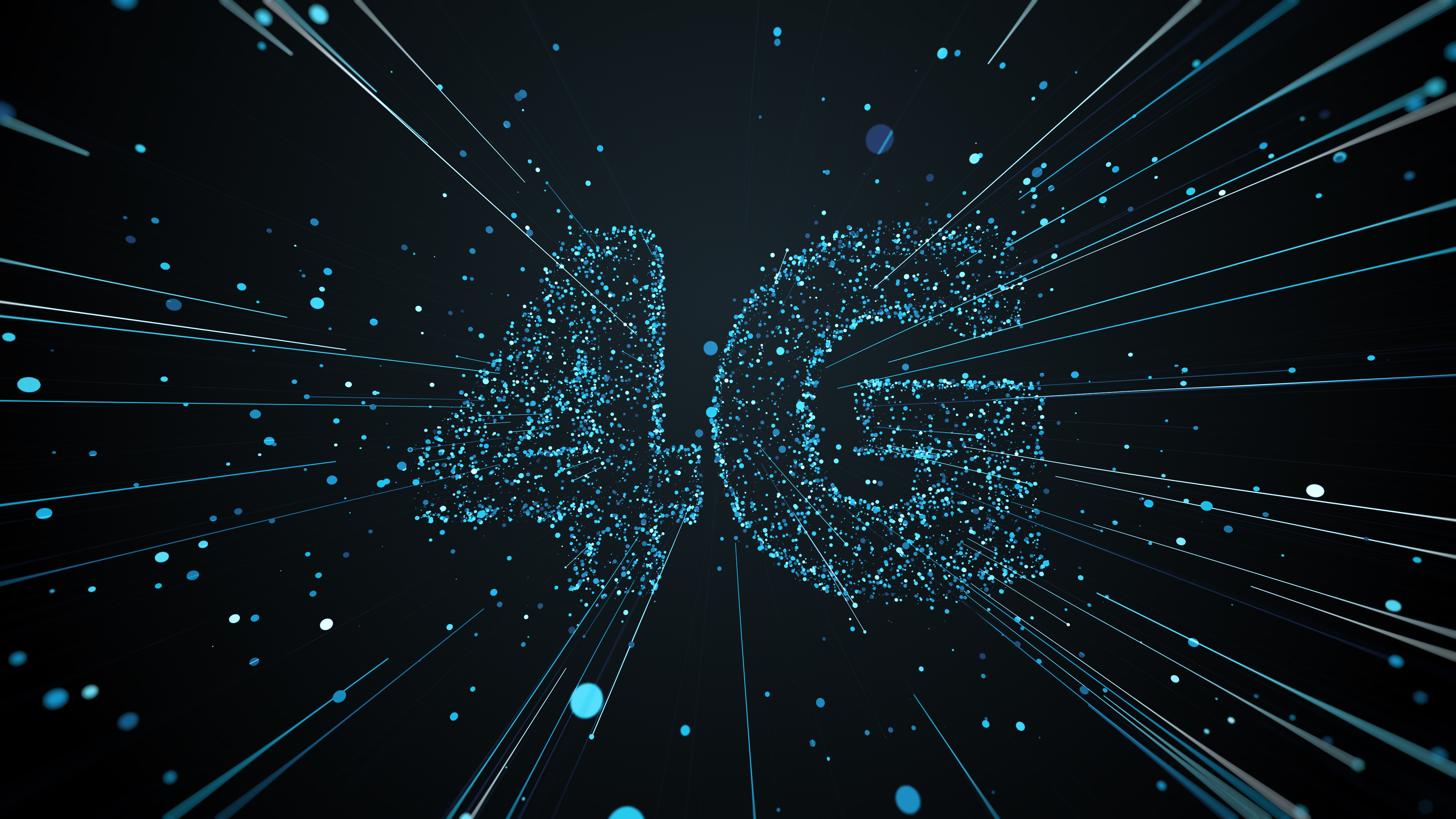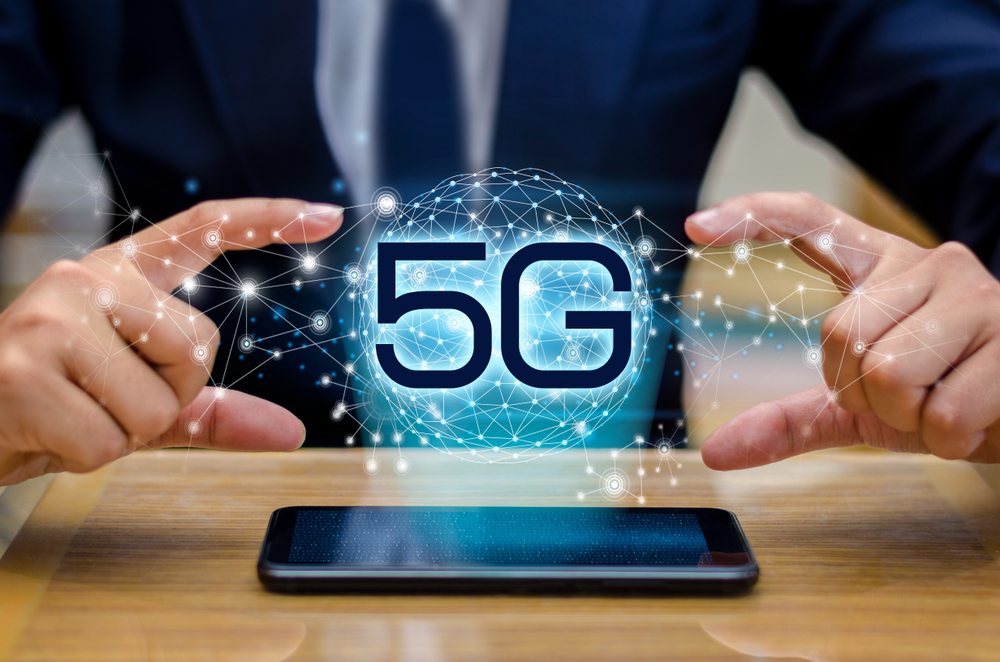Faster than fast: The roadmap to 400Mpbs mobile data
A new version of the LTE cellular standard promises speeds of up to 400Mbps next year. This puts mobile connections ahead of landlines

Inside the enterprise: Businesses that rely on data connectivity and these days, this is most of them are always looking for faster ways to go online.
There are still plenty of places where broadband speeds limp along at a rather pedestrian rate, with 1mbps looking like a luxury. At the same time, a Government scheme to encourage businesses to install superfast broadband has had to be redesigned, due to low take up -- which businesses blame on excessive bureaucracy.
Access to high-speed connections could, though, become much easier through a new generation of mobile internet products. An upgrade to the LTE standard for mobile phones, which powers current 4G connections offers the potential to deliver 300Mbps as a commercial service next year, with trials of 400Mbps connections starting in the UK at the same time.
A new version of LTE, Category 6 also known as LTE-Advanced - will allow the higher speeds. Most current smartphones are Category 4, which supports downloads of up to 150Mbps. EE, which will be launching the first Category 6 services, suggests that upcoming Samsung handsets will be Category 6 compatible. But for businesses, hardware makers are already developing laptop dongles and "MiFi" devices, which will be a cheaper way to connect laptops and tablet devices to the new, faster connections.
LTE Category 6 works by adding new spectrum to existing 4G services, so it may take time before it is available everywhere. EE, for example, is adding 20MHz of new spectrum, to allow 300Mbps downloads and 50Mbps uploads. The first 400mbps connections will be at Wembley Stadium, a flagship venue for EE.
Very high speed broadband offers the potential for businesses to bypass fixed line connections altogether, giving them greater levels of mobility and potentially, pricing flexibility. Mobile connections remove the need for installation fees, and potentially costly works to run cables or fibre. And the business can take their broadband with them if they move assuming, of course, there is coverage.
London is not the first business location to gain LTE Category 6 connections. That honour goes to Singapore, where SingTel launched a commercial, 300mbps service in July. Currently, 300mbps is available at areas including Changi airport, the Singapore Expo and the central business district, with nationwide coverage expected in 2015. Critically, SingTel is not charging any more for 300Mbps access for subscribers with a compatible device. A Huawei-manufactured MiFi box costs $399, or about 195.
Sign up today and you will receive a free copy of our Future Focus 2025 report - the leading guidance on AI, cybersecurity and other IT challenges as per 700+ senior executives
This seems to be a reasonable cost given the capabilities, although it will take more deployments, in more urban areas, to gauge whether LTE-Advanced is a practical replacement for fixed connections, especially given that fibre broadband is becoming more readily available and cheaper to install.
Qualcomm, one of the companies developing the technology, is developing a suite of technologies which will overcome some of the inherent limits of wireless physics, which start to come into play once connections reach 400mbps and above, as well as capacity usage. But it looks likely that genuine high-speed cellular connections will, within a couple of years, be as ubiquitous as 3G is today.
Stephen Pritchard is a contributing editor at IT Pro.
-
 Three and Ericsson just launched a first-of-its-kind managed 5G service for businesses
Three and Ericsson just launched a first-of-its-kind managed 5G service for businessesNews The new 5G service looks to supercharge business connectivity across Ireland
-
 EE rolls out 4G across Glasgow's underground network
EE rolls out 4G across Glasgow's underground networkNews The network is currently restricted to EE customers but is likely to expand in the near future
-
 Nokia and NASA join forces to bring 4G to the moon
Nokia and NASA join forces to bring 4G to the moonNews Cellular service will provide the communications needed for meaningful moon exploration
-
 Birmingham crowned the fastest UK city for 4G download speeds
Birmingham crowned the fastest UK city for 4G download speedsNews While Birmingham also recorded the highest speed hike over 2019, London came in at a middling 9th place
-
 LTE vs 4G: Which is better?
LTE vs 4G: Which is better?In-depth Comparing LTE vs 4G has become common in recent years, but how exactly do they differ, and is 4G faster?
-
 What is 4G?
What is 4G?In-depth A look at the fourth generation of mobile networking technology and its availability in the UK
-
 4G vs 5G - what's the difference?
4G vs 5G - what's the difference?Vs From 3G to 4G, mobile connectivity has revolutionised our lives. Now 5G is set to do it again
-
 The best 4G network
The best 4G networkIn-depth Every mobile provider offers 4G contracts, but which one is the best for you?

